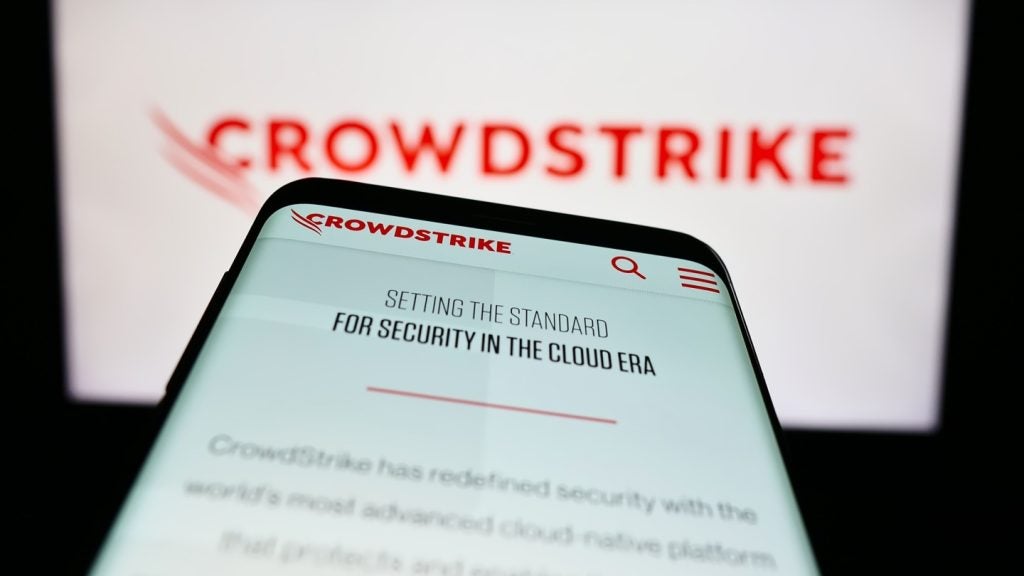Kyocera had 16 patents in cybersecurity during Q3 2023.Kyocera Corp filed patents in Q3 2023 for various technologies. These include a communication control method for a mobile communication system, an image forming system with authentication features, a method and apparatus for detecting digital stamp patterns, a system for managing customer sites, and a system and method for redacting private information in video files. GlobalData’s report on Kyocera gives a 360-degreee view of the company including its patenting strategy. Buy the report here.
Kyocera grant share with cybersecurity as a theme is 50% in Q3 2023. Grant share is based on the ratio of number of grants to total number of patents.
Recent Patents
Application: Communication control method (Patent ID: US20230261970A1)
The patent filed by Kyocera Corp. describes a communication control method used in a mobile communication system for providing a multicast broadcast service (MBS). The method involves configuring an MBS bearer for a user equipment, which is split into a point-to-point (PTP) communication path and a point-to-multipoint (PTM) communication path. The base station then transmits an indication to the user equipment, allowing for the individual activation or deactivation of the PTP and PTM communication paths.
The method also includes the transmission of an indication to activate or deactivate both the PTP and PTM communication paths. This indication can be transmitted to the user equipment through a medium access control (MAC) control element or downlink control information (DCI). The configuration of the MBS bearer is done through a radio resource control (RRC) message, which includes the bearer configuration and the indication.
In response to receiving the indication, the user equipment can transmit a response to the base station. If the indication is to activate either the PTP or PTM communication path, the base station can then transmit data through the activated communication path. The indication of activating or deactivating the PTP communication path can be transmitted via the PTM communication path, and vice versa.
The patent also describes a method for deactivating the communication paths. The user equipment determines whether a predetermined condition is satisfied, such as not receiving data from the base station on the activated communication path for a certain period of time. If the condition is met, the user equipment can deactivate the communication path, even without receiving an indication from the base station.
Additionally, the patent includes a method for deconfiguring the MBS bearer. The user equipment determines whether a predetermined condition is satisfied, such as both the PTP and PTM communication paths being deactivated or the user equipment transmitting a notification indicating no interest in MBS reception. If the condition is met, the user equipment can deconfigure the MBS bearer.
Finally, the patent describes a method for transmitting an indication of deconfiguring the MBS bearer to multiple user equipment through multicast transmission.
In summary, the patent filed by Kyocera Corp. presents a communication control method for providing a multicast broadcast service in a mobile communication system. The method involves configuring and activating/deactivating the PTP and PTM communication paths, transmitting indications between the base station and user equipment, and deconfiguring the MBS bearer based on predetermined conditions.
To know more about GlobalData’s detailed insights on Kyocera, buy the report here.
Premium Insights
From

The gold standard of business intelligence.
Blending expert knowledge with cutting-edge technology, GlobalData’s unrivalled proprietary data will enable you to decode what’s happening in your market. You can make better informed decisions and gain a future-proof advantage over your competitors.







